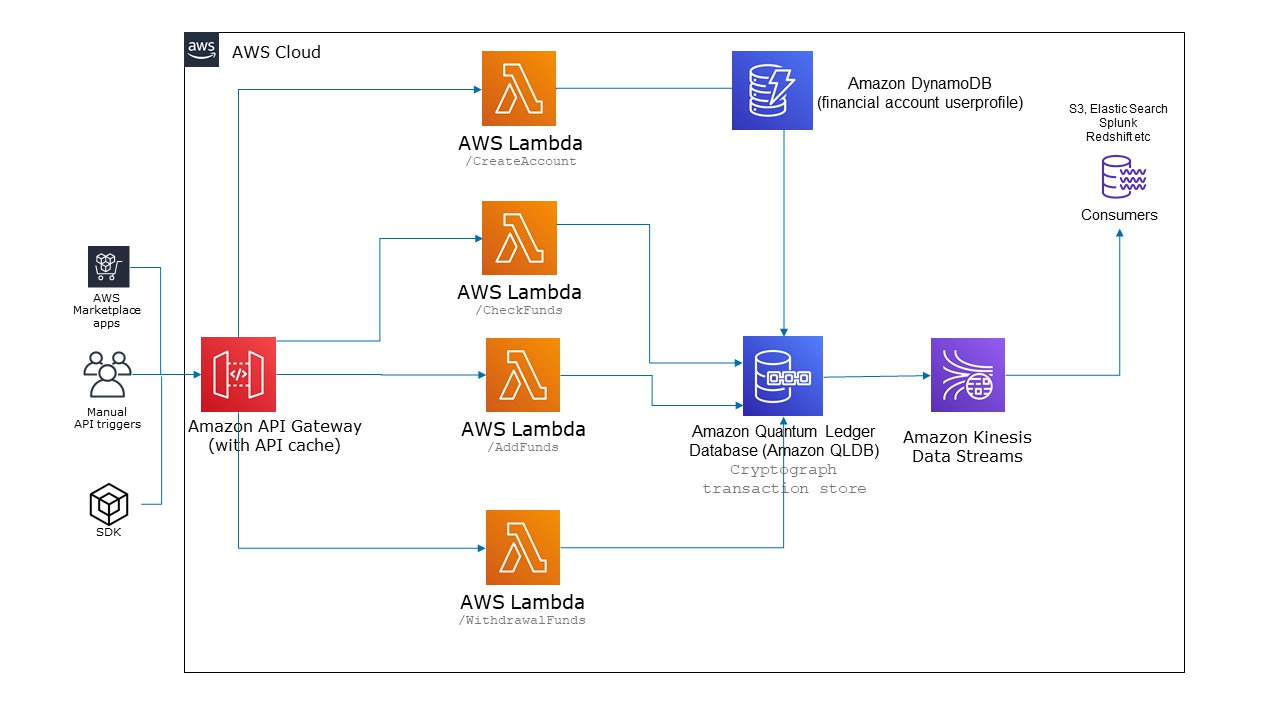

There are at least two significant ways in which these services differ, however: They both have a number of integrations with other services, such as allowing a serverless function to be a subscriber and to act on messages being published to the queue. They are essentially distributed queues with at-least-once delivery semantics supporting multiple publishers and multiple subscribers. The features of Kinesis and Pub/Sub are very similar. It has to scale, and it has to Just Work. It can be used for anything from data ingestion to event handling and synchronization between subcomponents. Pub/sub messaging is a critical requirement for many distributed, loosely coupled systems.


The number of active questions on Stack Overflow shows a similar gap: We looked at group membership and number of scheduled meetups for the two platforms on to get a quick read on relative community engagement: While GCP has some large customers like SnapChat and Pokemon Go, AWS clearly has a larger developer community. A couple people on the team had varying degrees of experience with GCP. Most of the team had significant prior experience with AWS. Next, we decided to look at what differentiated some of these services as well as some non-technical factors that we couldn’t ignore.
AWS LOCAL DYNAMODB RECORD OVERFLOW FULL
It’s clear that both AWS and GCP had the full set of services that we needed, and we felt that we could deploy our software to either platform without resorting to any ugly workarounds. These are the services we might use in each cloud to build mabl: Service Type Given all the services we thought we would want we were able to quickly narrow down the list of candidates to AWS and GCP.

What languages, processes, and development tools should we use?.What should the high-level architecture look like?.A Little PerspectiveĪs a new software company, we faced many questions as we were familiarizing ourselves with the problem domain and developing our product concept: Included in this blog are detailed comparisons of specific GCP and AWS products including serverless compute, databases, analytics engines, as well as machine learning services. In this blog post, I’ll describe some of the factors that went into that decision. After a thorough and objective evaluation of both providers, we decided unanimously to build on GCP. We spent several weeks researching both and building prototypes to familiarize ourselves with features that we had not used before. Based on an initial set of requirements, we were able to narrow the list of candidates to just AWS and Google Cloud Platform (GCP). While we were most familiar with Amazon Web Services (AWS), we decided to invest some time exploring all of the options available to us. As product development was beginning at mabl in early 2017, we had to decide which cloud provider to use.


 0 kommentar(er)
0 kommentar(er)
